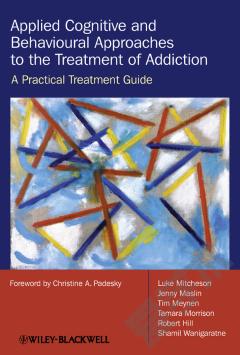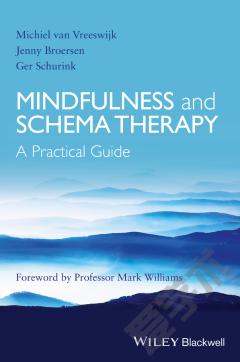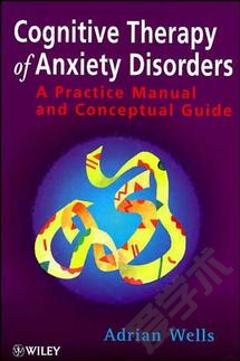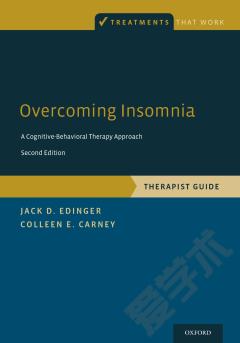Applied Cognitive and Behavioural Approaches to the Treatment of Addiction —— A Practical Treatment Guide
----- 医治成瘾的应用认知与行为方法 - 实用处置指南
Few would argue with the theoretical underpinnings or the practical usefulness of cognitive-behavioural therapy (CBT) and similarly oriented psychological therapies in treating substance addictions. Yet British addiction services, with very few exceptions, have spectacularly failed in incorporating these interventions into routine care provision. This is because addiction psychiatry is without doubt the psychiatric subspecialty that is most susceptible to societal attitudes of the times, most vulnerable to political fads and funding uncertainties, and most prone to being the victim of a drive for âcheap and cheerfulâ treatment provisionoften at the expense of quality. The result has been the gradual demise of psychological treatment provision for those with substance addiction. It is within this wider socio-politico-economic climate dominating the landscape of British addiction services that this book should be read. A particular strength of the book is the easily palatable and tasty mix of theory and practice; this is the result of a joint production by six psychologists with over 60 yearsâ combined experience of working with people addicted to substances. None of the pitfalls of many multi-authored books are evident: chapters are neatly assembled, with no repetition; they fit together into a coherent whole; discussion flows sequentially and logically the book reads with no undue strain or effort. The inclusion of case vignettes, albeit limited to three, and easy-to-use appendices including work sheets, guidance notes, patient diaries and handouts, help this book live up to the promise of it being a practical treatment guide rather than a text. Reading this guide should equip the non-specialist with the basic knowledge required to use cognitive-behavioural principles in substance misuse treatment. For the already converted (but non-experts) this book should act as a refresher. But CBT enthusiasts risk disillusionment, as it offers not a lot that is new. To enhance topical relevance, authors explain how CBTstrategies can drive forward the recovery agendathe all-pervading, all-consuming current driver in addiction services. Being harsh, I ask whether, for a practical treatment guide, should there not have been more case vignettes, more therapy session transcripts as illustrative examples, some practical guidance on patient inclusion/exclusion criteria and outcome measures, and tips to handle commonly encountered challenges or âblocksâ in therapy? Although perhaps a case of âold wine in a new bottleâ, this is a user-friendly treatment guide that is likely to appeal to a wide range of âpalatesâ and ânosesâ, except to CBT connoisseurs.
{{comment.content}}








 京公网安备 11010802027623号
京公网安备 11010802027623号